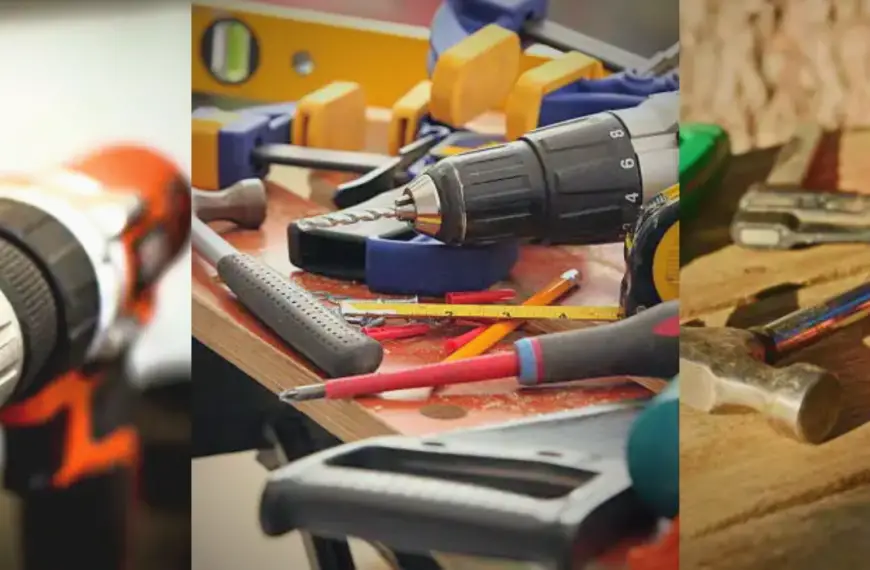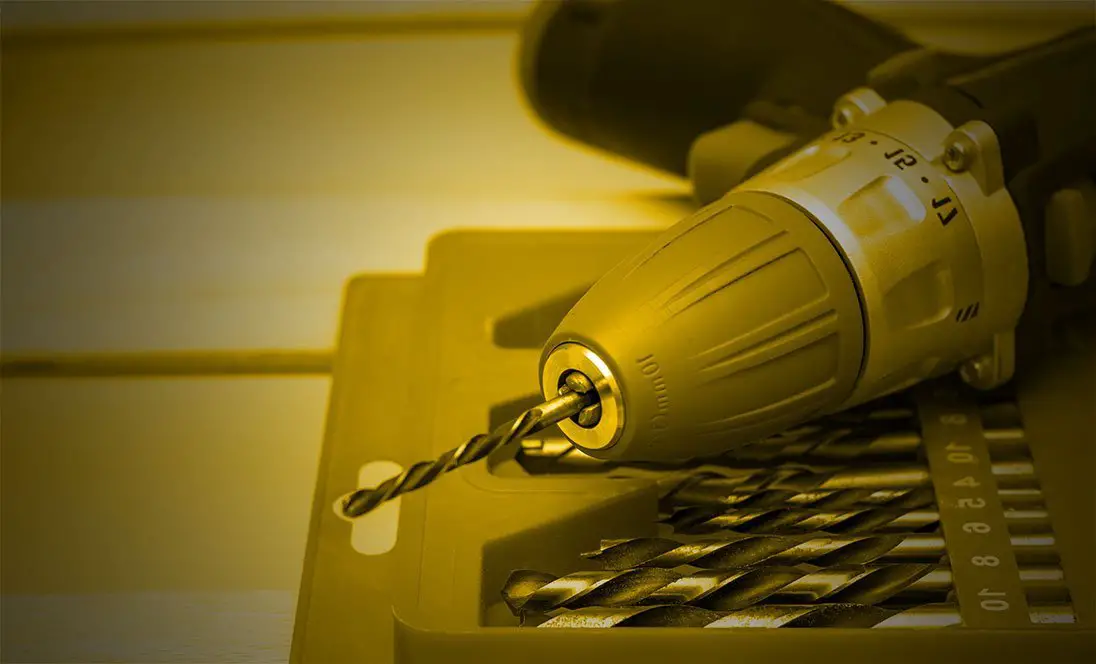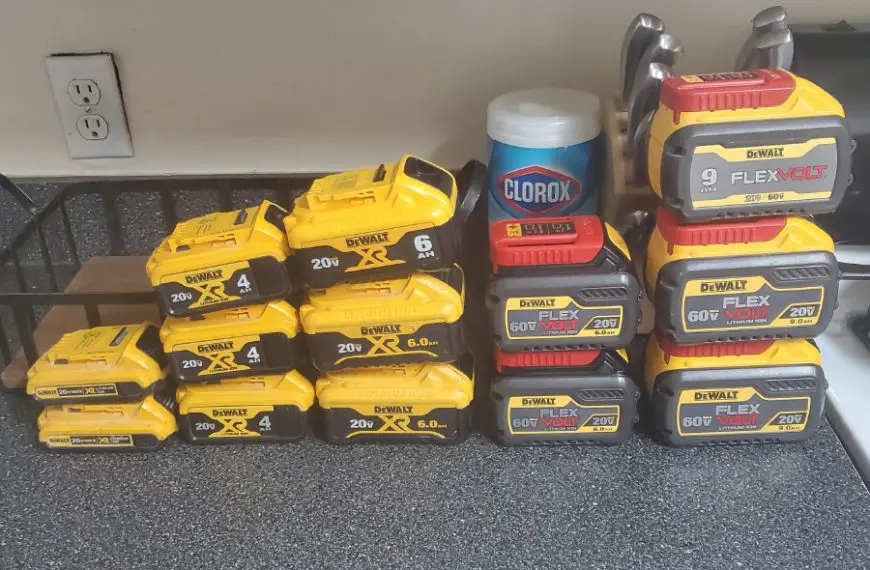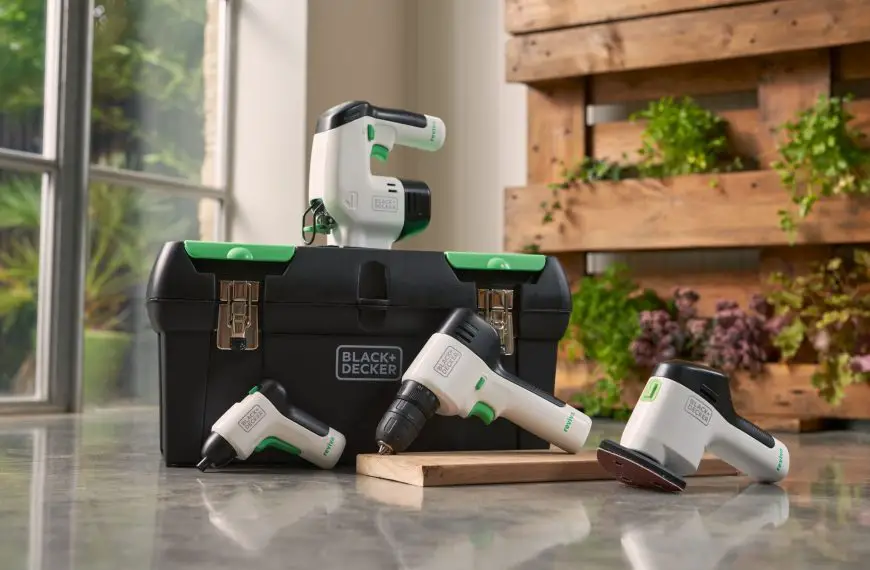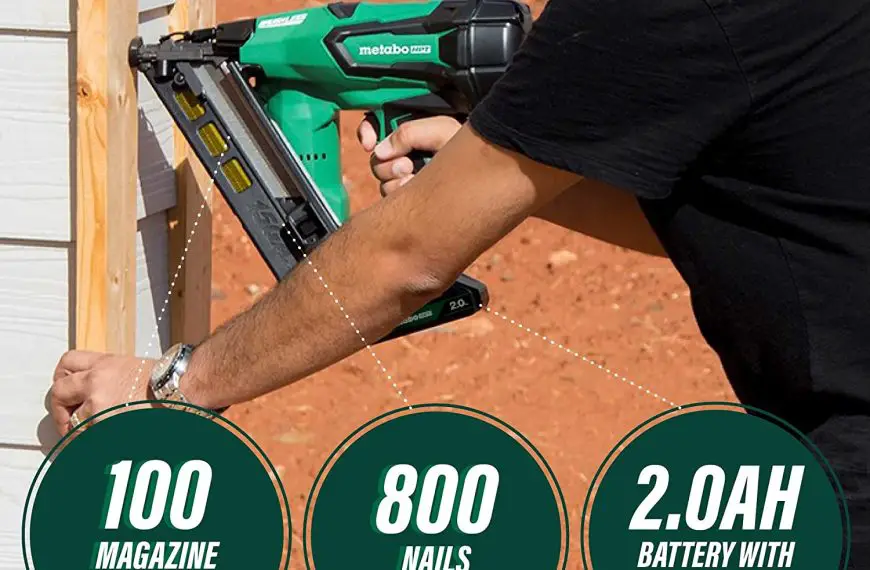
Drilling into live wires is practically a rare occurrence and you’re very unlikely to drill into one. But the chances are low not zero. Let’s say you were drilling through a drywall and hit a LIVE cable unexpectedly. You realize what you just did and panic. Now, what will happen after that?
Types Of Wires Behind The Power Outlet & Drywalls/Walls
There are three types of wires behind your power outlets or walls.
- Live wires
- Neutral wires
- Ground wires.
Here’s how the wiring works.
[image]
Live wires are the ones that carry electric current from the source to the load. The neutral wire then works to bring the used electricity back to its source. Ground wires don’t carry any charge. They drain the unnecessary or built-up charge from the wires to the ground to prevent any misfortune.
And now, if you have done the favor of drilling through a live wire, you will notice a spark or hear a pop or even smell something burning.
What Happens If You Drill Into A Live Wire?
A lot can happen if you drill into a live wire. From getting shocked to electrocuted to setting the whole place on fire, you can experience many unwanted events.

Drilling through live wires can be fatal. The degree of property and self-damage can be different depending on the type of drill used and how deep you have drilled into the wire.
If you are using an old drill, you are at risk of getting shocked and even electrocuted. The old drills were not made non-conductive. If you nicked a wire and touched the conducting part of it using an old drill, the electric current will flow through the drill, and move down from your body to the ground (if your feet are not insulated) to complete the circuit.
This can lead to a serious case of electrocution. If you feel that you have drilled into a wire, drop the drill right then and there and back off. Ensure your safety first, then look for property damages.
If you drilled too deep into the live wire, the circuit breaker will trip by itself resulting in a power outage. A pop or a spark can also occur. If the power didn’t go out, turn off the main switch yourself instantly.
Look out for the fire too. Well, that doesn’t sound easy at all. You will need a drywall saw to make a bigger hole to see what’s going on behind the wall.

If not, you will have to risk peeking inside the wall by that tiny hole you drilled.
But on the bright side, you can smell something burning. That smell should be a sign for you to call a professional for help.
Modern drills are nonconductive and won’t cause any damage to you unless there is a chunk of metal you are holding onto.
How Does A Live Wire Look From The Inside
[IMAGE OF CROSS-SECTION OF A LIVE WIRE]
Wires are mostly insulated and are not hazardous at a slight touch. But if the drill bit tore the outer sheath and touched the conducting part, you are doomed. The melted metal will spark across the room and the wall will be set on fire as a result of an electric arc.
How To Avoid Drilling Into A Live Wire?
One should always look for electrical outlets nearby and beware of what kind of wires there could be behind the wall/drywall. Here’s how you can avoid drilling into a live wire.
- Get a stud or voltage detector.
- Do not drill deeper than you need to. Use a marker to mark the depth on the drill bit and stop drilling when you reach that point.
- Use a tape and tape up your drill bit to the point you want to drill into.
Use A Stud Or A Voltage Detector
The best way to avoid drilling into a live wire is to find stud detectors (or voltage detectors) that can also detect AC wires behind the walls or near the stud. Remember, such AC wire detectors can detect live wires only. If the place where you’re drilling has all the electricity turned off, your detector won’t detect any live wiring.
If you have drilled into a wire unknowingly, do not attempt to repair the property by yourself unless you are an electrician.
Modern studs are located 16” or 24” under/behind the wall. It is safe to drill into the studs. Well, there might be wires passing through the studs. But you will feel some resistance if you were to drill into one there. Embrace the signs and discontinue drilling.
Use A Marker To Mark The Depth On Your Drill Bit
You must not drill deeper than you need to while you are drilling into drywall. You can mark the depth on your drill bit with a marker and stop drilling when you reach that mark.
Use Tape To Mark The Depth On Your Drill Bit
You can also tape your drill bit up to the point you want to drill in. When your bit reaches that point, it will ultimately stop drilling and you’ll be safe.
You must know where all the wiring inside and around the walls is before drilling. That way you can be safe and not worry about getting 3rd degree burns.
In Conclusion;
While Drilling Into a drywall or a wall in general, being concerned about wires is not unusual. Where coming across a live wire is not very common, the chances are still there. What happens if you drill into a live wire and how to take precautions, is mentioned in this article.

